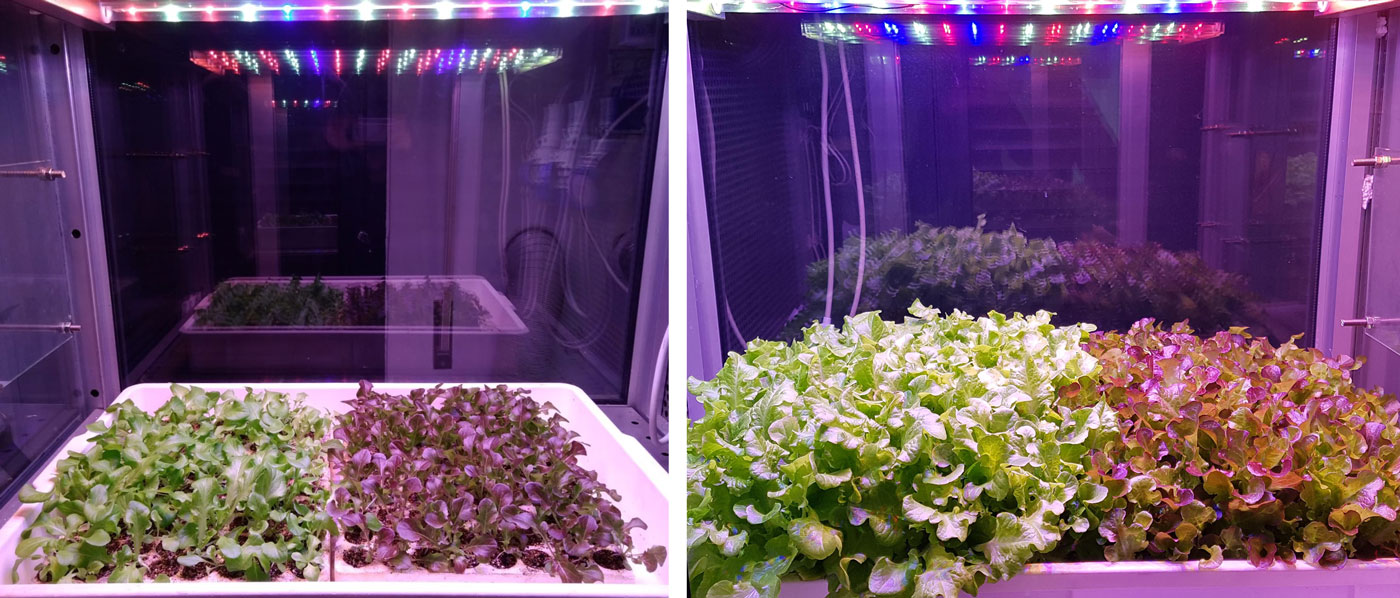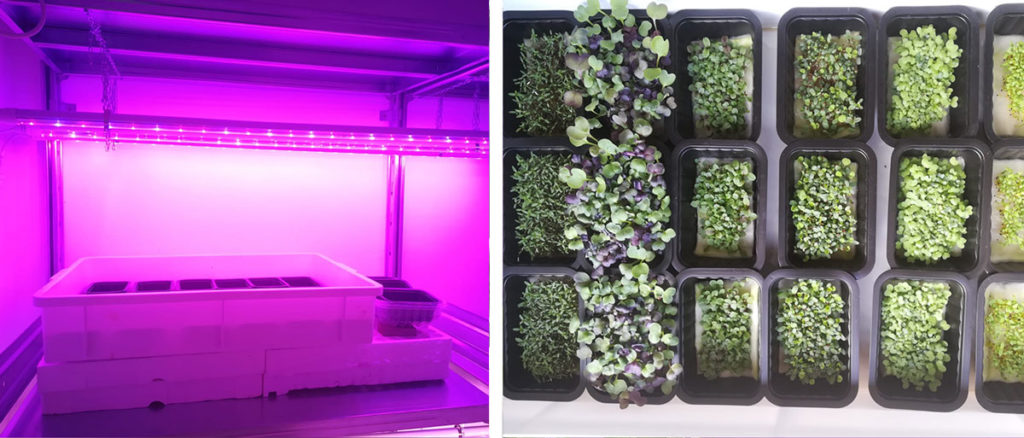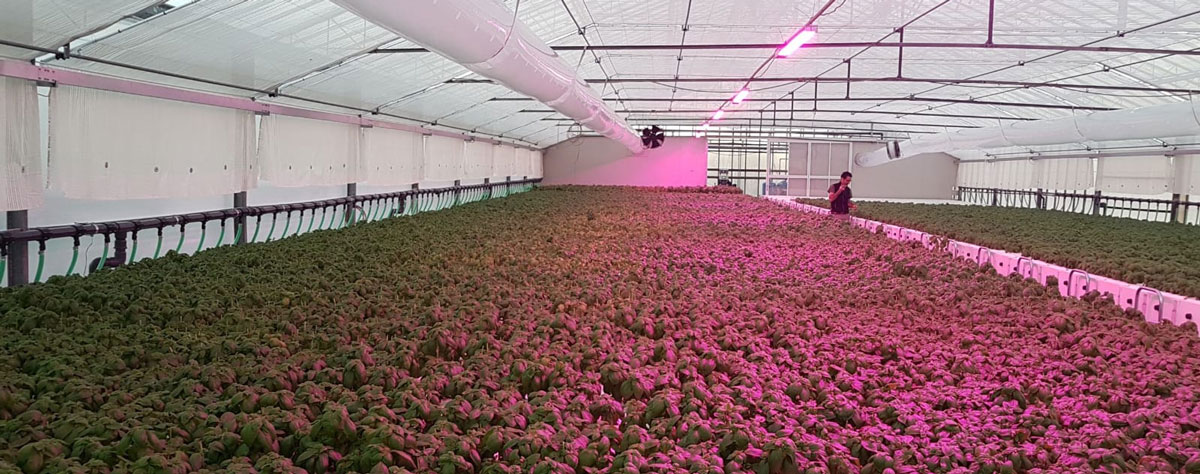In consideration of the growing interest in the use of artificial LED (Light Emitting Diode) lighting in the agri-food sector, a number of trials on this technology have been carried out at the Department of Agriculture, Food and Environment (DAFE) of the University of Pisa and Scuola Superiore Sant’Anna of Pisa, in conjunction with C-LED, a CEFLA group company based in Imola (Bologna), the Italian leader in the production of high-tech LED lamps. C-LED’s support enables research groups to use lamps with specific spectra according to the results to be achieved, during both crop growing and post-harvest, with a resulting improvement in energy efficiency compared to traditional lighting systems. Special attention is also paid to the possible applications of UV radiation.
UV radiation is an integral part of the solar spectrum and its ability to stimulate the production of a number of bioprotective compounds, which boost plant resistance to stress and have beneficial properties for human health, is well known. Since the materials used for the construction of greenhouses and tunnels usually shield UV radiation, it is interesting to be able to re-integrate this type of radiation into lighting, avoiding, however, excessive doses of potentially harmful UV radiation. Research is currently under way to optimise the UV radiation dose capable of maximising the production of bioactive compounds without negatively impacting the product. The research group of the Agricultural Chemistry division of DiSAAA-a (Annamaria Ranieri, Antonella Castagna, Mike Frank Quartacci, Marco Santin and Alessia Mannucci) is performing a trial to assess the capacity of C-LED lamps emitting UV radiation, in order to improve the nutraceutical value of fruit and vegetables.

In addition, the use of LEDs as the only source of light in the propagation phase, together with the use of biostimulants, is a new sustainable pre-conditioning strategy during the nursery phase to produce high quality YOPs (Young Ornamental Plants), able to survive the post-planting stress while at the same time cutting production times and improving energy performance. The research group of professor Anna Mensuali of Scuola Superiore Sant’Anna, within the scope of the collaboration with the Horticulture and Floriculture division of DAFE, is carrying out research work focussing on the manipulation of the light spectrum through LED lighting systems used in a multilayer production unit, to develop lighting protocols with species-specific spectra, with or without the use of biostimulants, in order to optimise plant response in terms of: size, morphology, final product quality and YOP hardening control before planting. Other tests concern the effects of LED lighting as the only light source, and of formulations based on biostimulants during the propagation phase of the seedlings on morphological and flowering characteristics.

As far as the growing phase is concerned, the evaluation of the effects of LED lighting on production, in quantitative and qualitative terms, is carried out as part of the research activity that involves aeroponic system trials for non-seasonal growing of vegetable crops. This activity involves DAFE and the companies C-LED and EDO Radici Felici srl – sellers of the aeroponic growing system. Martina Puccinelli, with the supervision and support of Luca Incrocci, performs the required tests inside the greenhouses of the Horticulture and Floriculture division of DAFE, which include trials on the use of C-LED lamps for soilless leafy vegetables (lettuce heads, basil, etc.) grown during the winter period. Furthermore, lighting with C-LED TOPLIGHT lamps, a technology specifically designed for greenhouses, is tested at the Parvus Flos cooperative farm, near Siena, to evaluate the effectiveness of these devices for the winter production of basil grown in a commercially available aeroponic system.

This post is also available in: Italian


